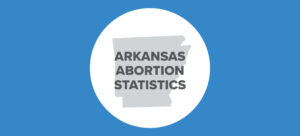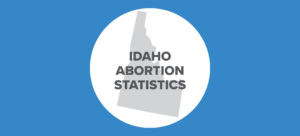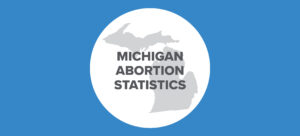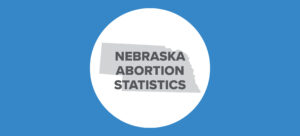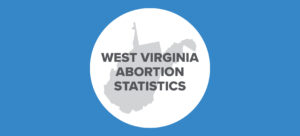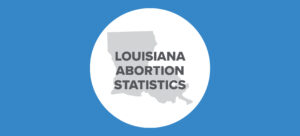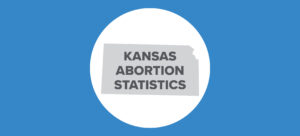
Tessa Cox
Senior Research AssociateTessa Cox is Senior Research Associate at Charlotte Lozier Institute, where her research focuses on abortion statistics at the state and national levels and the changing landscape of abortion policy, provision, and access in the United States.
Tessa has appeared on CBN News and EWTN News Nightly and has testified before Members of Congress on the Born-Alive Abortion Survivors Protection Act. Her work has been featured by National Review Online, Newsweek, The Gospel Coalition, The Daily Signal, RealClearHealth, and many other national media outlets. She has contributed to peer-reviewed research on women’s experiences with chemical abortion and the impact of abortion on women enrolled in Medicaid.
Originally from Illinois, Tessa earned a BA in Communications from Thomas Edison State University. Prior to joining CLI, she got her start in pro-life research with the Family Research Council.
Research Authored
Abortion Reporting: South Carolina (2017)
In 2016, CLI ranked South Carolina at 28th place out of the 50 states, New York City, and the District of Columbia for the quality of its abortion reporting. Since then, South Carolina has made progress, now reporting all abortions performed in the state and including information on the types of abortion procedures used.
Abortion Reporting: Oklahoma (2017)
In a Charlotte Lozier Institute study of abortion reporting across the 50 states, the District of Columbia, and New York City, Oklahoma’s reports were ranked at first place. Oklahoma’s reports are detailed and comprehensive, and the state releases them in a timely manner. However, Oklahoma could make its reports even more valuable...
Abortion Reporting: Arkansas (2017)
Arkansas’ abortion report for 2017 was published in June 2018 by the state Department of Health. The 13-page report shows that chemical abortions in the state have risen dramatically.
Abortion Reporting: Idaho (2016)
Idaho’s abortion report for 2016 shows that total abortions and the abortion rate are slightly up in the state. The Idaho Department of Health and Welfare’s annually published report is approximately 25 pages long. The report was released on the health department’s website in December 2017.
Abortion Reporting: Michigan (2017)
Published in May 2018, Michigan’s 48-page abortion report for 2017 contains a wealth of information on abortion trends in the state. The report is produced by the state’s Department of Health and Human Services.
Abortion Reporting: Nebraska (2017)
Nebraska’s annual abortion report for 2017, published online by the state Department of Health and Human Services, was published ahead of schedule in April 2018. Nebraska was the fifth state to release its abortion report for 2017, further indication that prompt reporting of annual data is feasible.
Abortion Reporting: West Virginia (2015)
West Virginia’s abortion report for 2015, comprising five pages in the state’s annual vital statistics report, was released online in March 2018. The report is compiled by the state Department of Health and Human Services.
Abortion Reporting: Louisiana (2017)
Louisiana was the third state to publish its abortion report for 2017. The preliminary 2017 report was released online by the Louisiana Department of Health in February 2018; however, one of the tables contained errors regarding the gestational ages of the babies killed by abortion, and the corrected report was not published until April 2018. The report shows that abortion in the state has fallen for the third year in a row.
Abortion Reporting: Virginia (2015)
The most recent statistics published by the Virginia Department of Health show that abortion in the state is falling. Virginia releases its abortion data in three separate reports: an abortion report, a report of abortions by facility, and the state vital statistics report.
Abortion Reporting: Kansas (2017)
Kansas released its preliminary abortion report on the Kansas Department of Health and Environment website in April 2018, becoming the fourth state to publish its report for data from 2017. The report shows that while abortion in the state is falling, Kansas continues to be a destination for out-of-state women seeking abortion.

















